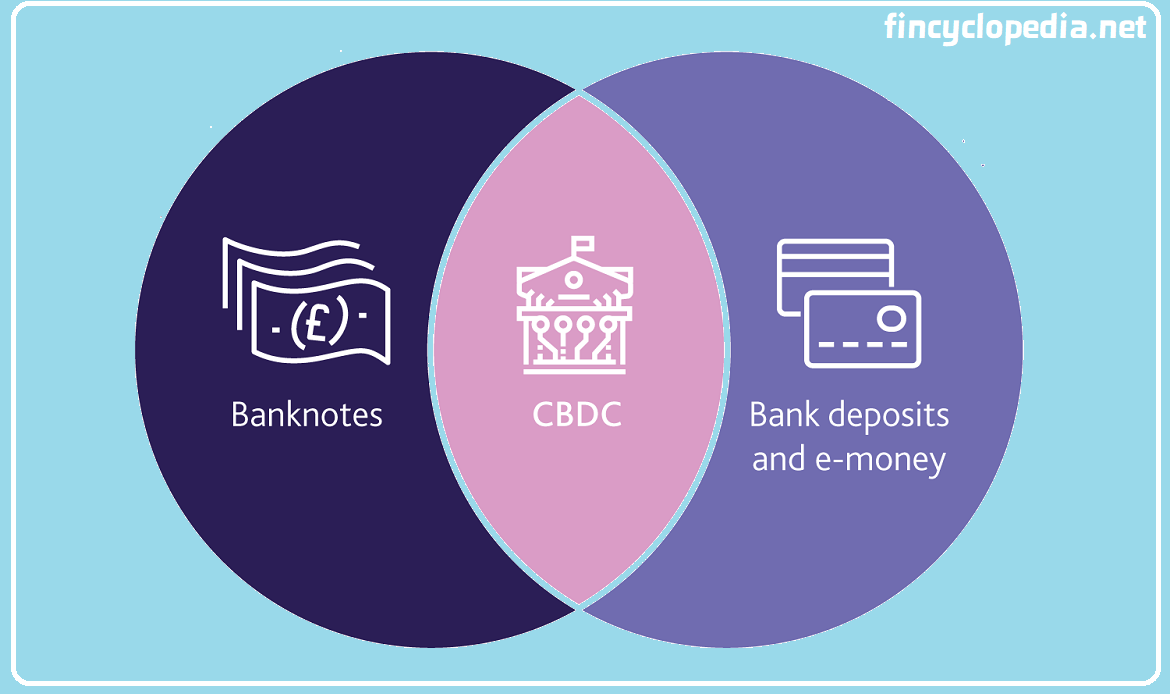An instrument that constitutes a component of equity capital (core capital) including ordinary equity (ordinary shares, common stock), both voting and non-voting, and preferred shares/ preference shares. Capital instrument also includes debt-like convertible or hybrid financial instruments (with a feature of conversion into equity). The purpose of a bank’s core capital is to absorb unexpected losses and maintain the solvency of the bank so that it continues operating (business as usual).
As a regulatory capital, capital instruments consist of an unlimited amount of equity (core capital) and a limited amount of other instruments- i.e., certain types of financial instruments (hybrid capital instruments or simply, hybrids). Hybrid instruments have the characteristics of both equity and debt. For example, a specific type of hybrid may pay a regular dividends based on a par value (like a coupon), but may be considered equity for regulatory purposes, having the ability to absorb unexpected losses.
Differently stated, a capital instrument is any instrument contributing to total available regulatory capital, which consists of tier 1 capital, comprising CET1 and AT1, and tier 2 capital.
Capital instruments imply total capital instruments (i.e., tier 1 and tier 2 capital instruments).






